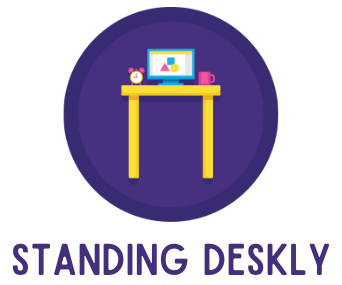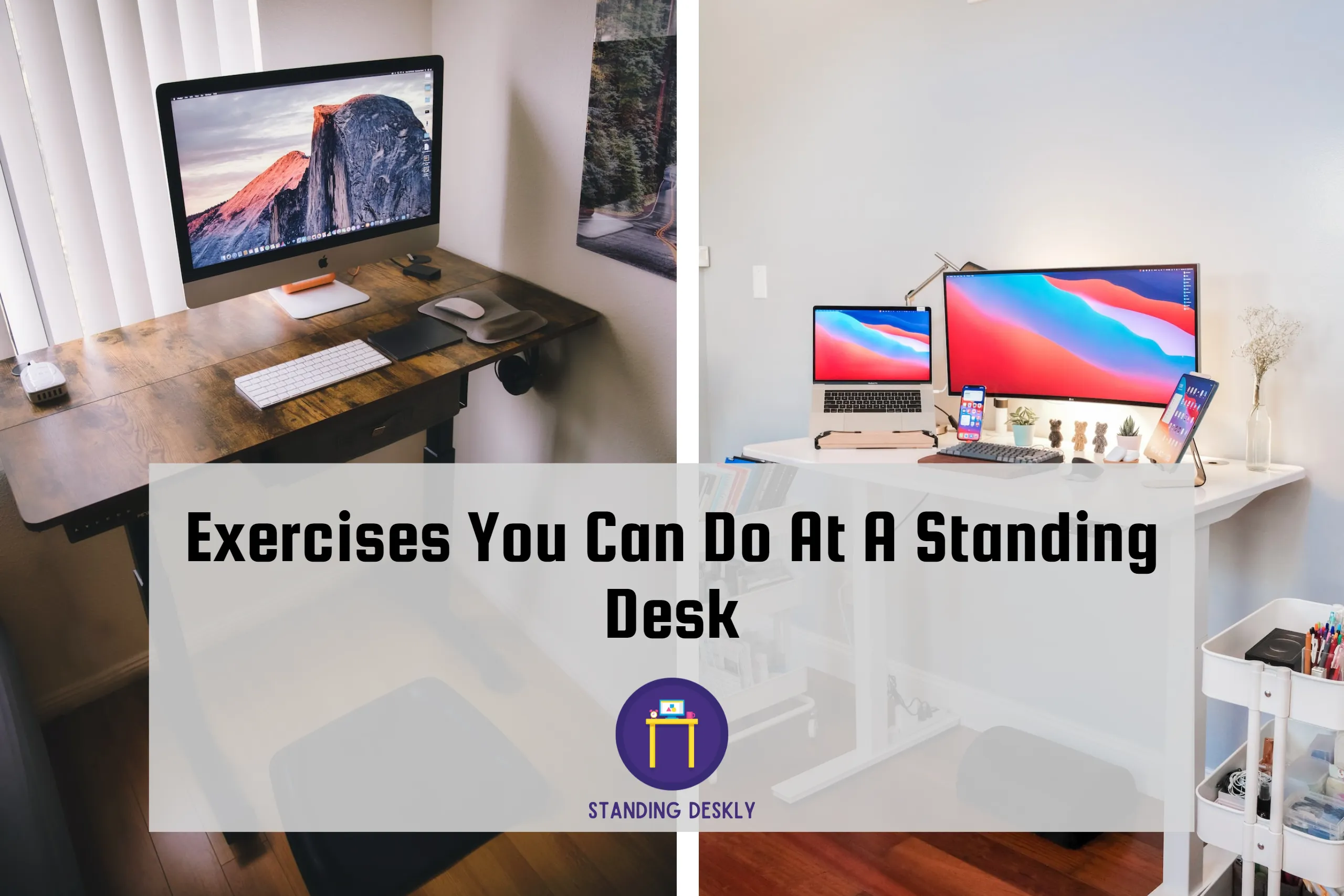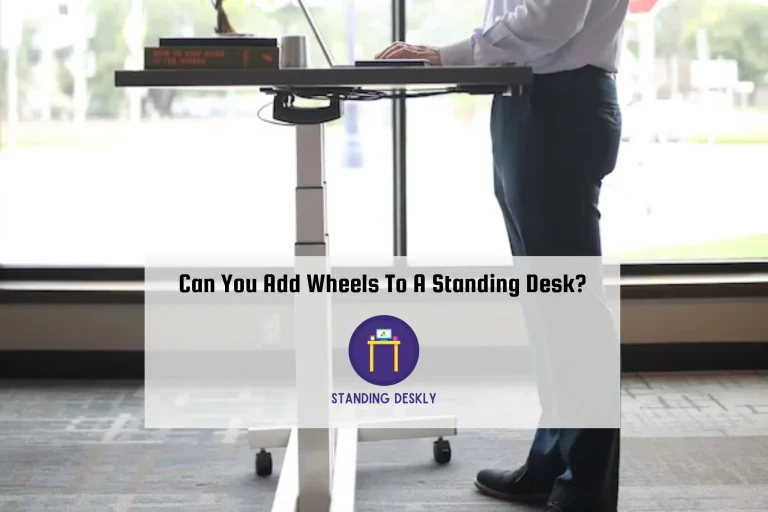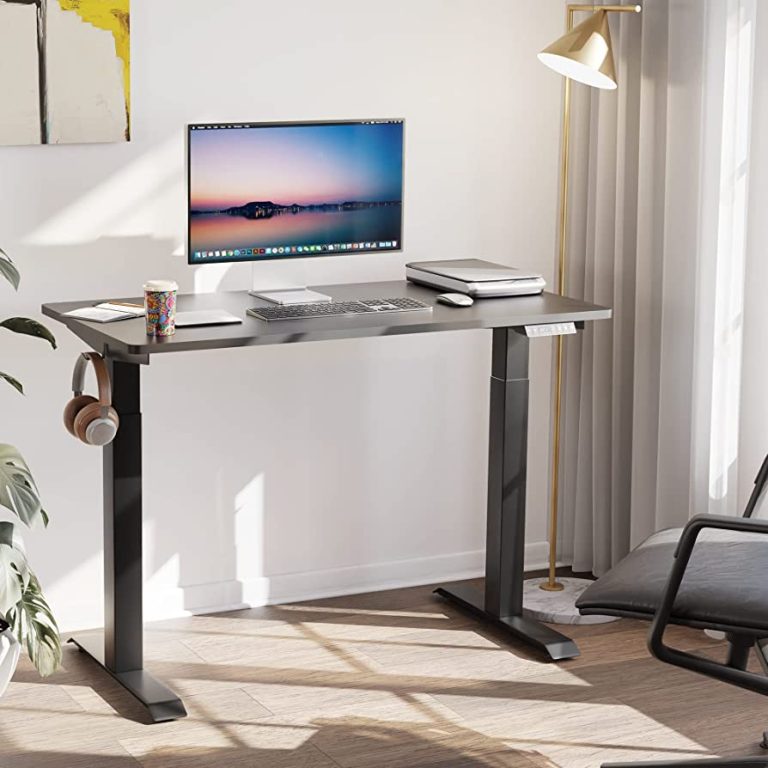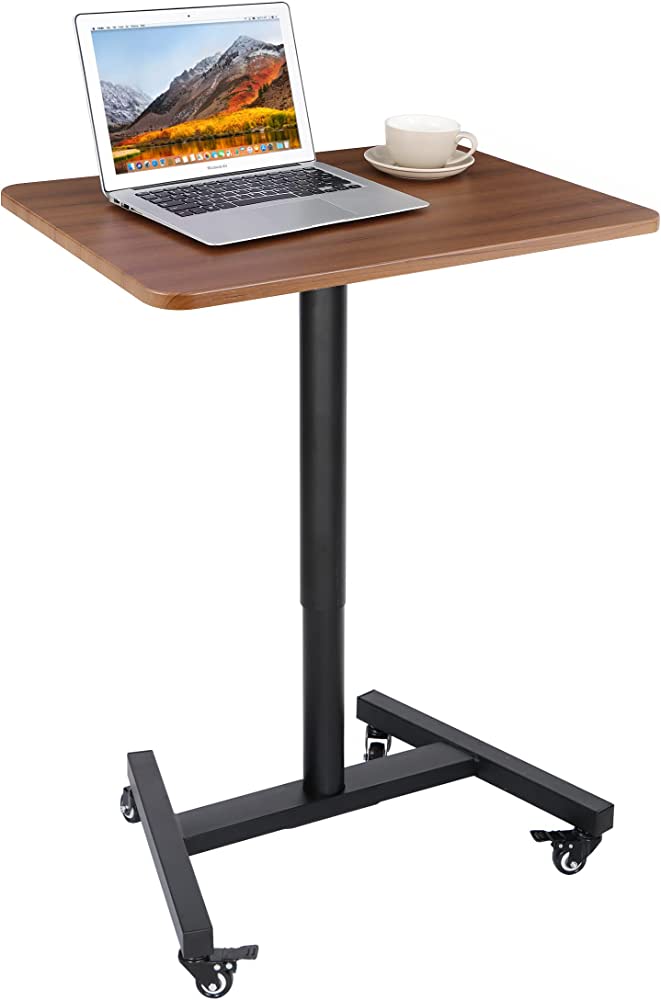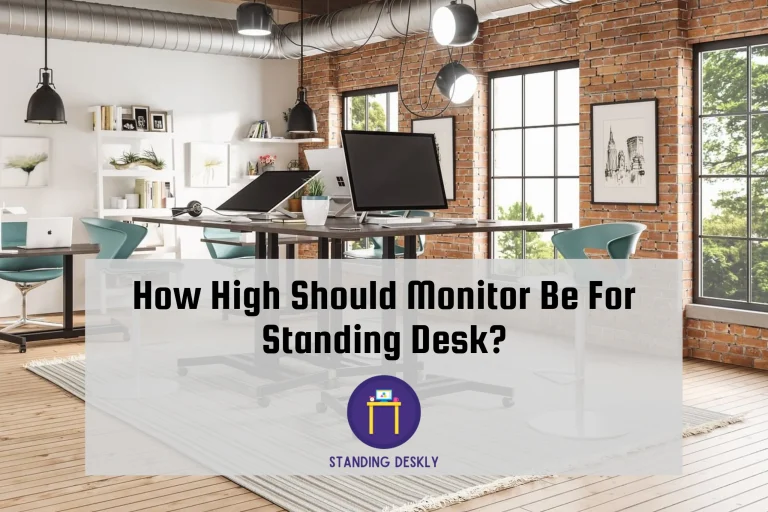Exercises You Can Do At A Standing Desk
If you frequently use a standing desk, you probably understand how crucial it is to stay active and avoid being sedentary for too long. Sitting for extended periods has been linked to an array of health concerns, including obesity, type 2 diabetes, and heart disease. But fear not! There are plenty of exercises you can do at your standing desk that don’t require any special equipment or a trip to the gym. In this blog post, we’ll highlight some simple but effective exercises that can be done right at your desk to help keep your body moving and your health in check. So grab a bottle of water and let’s get moving!
Introduction: The Benefits of Exercise at a Standing Desk
Welcome to the world of standing desk exercises! Standing and moving while you work has immense benefits. Let’s acknowledge the importance of exercise for your health and productivity. Regular exercise at a standing desk can help reduce back pain, boost energy levels, burn calories, and improve posture, just to name a few benefits. By incorporating some simple exercises into your daily routine, you’ll be able to stay more focused, alert, and productive throughout the day. Plus, you’ll feel better physically and mentally. So, let’s get started with some easy-to-do exercises that you can do right at your desk!
Walk or Jog on the Spot: An Easy Workout
Welcome back to our series on exercises you can do at your standing desk. You may already be familiar with great stretches and exercises you can do while working, but here’s another one to add to your list: walking or jogging in place. It’s easy and highly effective. This is a great way to get your heart rate up and burn those excess calories, all without leaving your desk. Just stand up and start jogging, making sure to lift your knees as high as you can. If you want to take it up a notch, you can start doing high-intensity interval training, where you alternate between jogging and sprinting. Trust us, your body will thank you for it. So, what are you waiting for? Start walking or jogging on the spot now and get fit while you work!
Seated Hamstring Stretch: Relieving Lower Body Tension
Now that you’ve done some simple cardio and toning exercises, it’s time to focus on stretching out those tight muscles. The Seated Hamstring Stretch is a great way to relieve tension in your lower body. Simply sit down in your chair and extend one leg straight out in front of you. Reach towards your toes and hold the stretch for 15–30 seconds. You’ll feel a deep stretch in your hamstring, calf, and even your lower back. This stretch is perfect for those who sit for long periods of time, as it helps prevent stiffness and improves circulation. Incorporating this stretch into your daily routine can also help improve your overall flexibility. Keep up the good work!
Glute Squeezes: Toning Your Butt Muscles
Now that you’ve learned about the benefits of exercise at your standing desk, let’s focus on toning your butt muscles with glute squeezes. This exercise is simple but extremely effective. While sitting or standing, simply squeeze your glutes as tight as you can and hold for a few seconds before releasing. Repeat this ten times, and you’ll begin to notice the difference. Combine this exercise with others on this list, such as standing twists and body weight squats, for a well-rounded workout that can be done right at your desk. Don’t forget the value of staying active throughout the day to combat the negative effects of prolonged sitting. Keep up the good work!
Standing Twist/Backstretch: Alleviating Upper Body Strain
Now that you’ve worked on toning your lower body, let’s focus on alleviating strain in your upper body. The Standing Twist/Backstretch is a great exercise to relieve any upper body tension that may have accumulated throughout the day. With one hand on the opposite corner of your standing desk, twist your torso towards the back wall while slightly bending your knee on your standing leg. Hold this position for a few breaths before switching to the other side. By incorporating this stretch into your daily routine, you’ll be able to reduce any discomfort in your back and shoulders. Remember, it’s important to stay active even at your standing desk to prevent any long-term physical strain.
Body weight Squats: Strengthening Your Legs and Core
Now that we’ve gone through some easy exercises to relieve tension and pain, let’s ramp things up with body weight squats. These squats are great for strengthening both your legs and core. And they require no equipment, so you can do them anywhere! Body weight squats were once a natural part of our daily routine, but with sedentary desk jobs, it’s important to add them back into our lives. By squatting down and standing back up, you’ll engage your quads, glutes, and core muscles. Plus, this exercise gets your heart rate up, further adding to its benefits. Make sure to keep your weight centered over your feet and to keep your knees in line with your toes. Try doing 3 sets of 10 reps and feel the burn in your legs and core. Keep up the good work!
Desk Squats: Easy and Effective
If you’re looking for an easy and effective exercise to do at your standing desk, give desk squats a try. This compound exercise targets multiple muscle groups, including your quadriceps, glutes, and core. To start, stand in front of your desk with your feet hip-width apart. Begin to lower your body down as if you were sitting in a chair, keeping your weight on your heels and your knees tracking over your toes. Aim for a 90-degree angle at your knees, and then push up through your heels to return to standing. Repeat for 10–15 reps, or as many as you can comfortably handle. Desk squats are a great way to strengthen your lower body and improve your overall mobility, all from the comfort of your desk. Keep up the good work!
Calf Raises: Strengthening Your Calves
Now that you’re familiar with some easy exercises you can do at your standing desk, let’s focus on how to strengthen your calves. Calf raises are a great, simple way to do just that! Simply stand with your feet shoulder-width apart, and lift onto your toes, then lower back down. For a variation, try lifting one leg at a time, or standing on an incline, such as a book or yoga block. Working your calves can improve your balance, as well as your ability to walk or run longer distances. Plus, since calf raises are so simple, it’s easy to incorporate into your workday without taking up too much time or space. Keep up the good work!
Shoulder Rolls: Reducing Shoulder and Neck Pain
If you’re experiencing shoulder and neck pain from working at your standing desk all day, try incorporating shoulder rolls into your routine. Not only does it help to reduce tension and discomfort in your upper back, but it also improves your posture. To perform this exercise, roll your shoulders forward and backwards ten times each, then repeat in the opposite direction. Make sure to maintain good posture as you do the movement. You’ll feel the difference almost immediately, and it’s an easy way to add movement into your day. Combine shoulder rolls with other desk exercises such as body weight squats and calf raises for a full-body workout at your desk. By taking small breaks to move throughout your workday, you’ll be able to focus better, reduce pain, and increase your productivity. So, don’t forget to take care of your body, even when you’re working long hours!
Conclusion: The Importance of Staying Active at Your Standing Desk
Congratulations, you’ve made it to the end of our guide to exercises at your standing desk! By incorporating small movements and stretches throughout the day, you can improve your posture, reduce fatigue, and even tone those glutes. Remember, a standing desk should not be a replacement for regular exercise, but it can be a helpful supplement to a healthy lifestyle. So, whether you choose to do calf raises or body weight squats, make sure to take breaks and stretch every hour. By staying active and mindful of your body’s needs, you’ll be able to boost productivity and feel your best throughout the workday. Keep up the good work!
Resource Links
https://www.webmd.com/fitness-exercise/standing-desks-help-beat-inactivity
https://health.clevelandclinic.org/desk-exercises/
https://www.autonomous.ai/ourblog/10-exercises-for-you-to-do-at-your-standing-desk
https://www.progressivedesk.com/blogs/wellbeing-productivity/move-while-you-work-standing-desk-exercises
https://www.makeuseof.com/exercises-to-perform-at-your-standing-desk/

I’m the author and developer of Standingdeskly, the go-to site for standing desk enthusiasts. I provide comprehensive reviews of standing desks along with office setup tips. Combining years of research and personal experience, our goal is to make it easy for you to find the perfect standing desk tailored to your needs.
